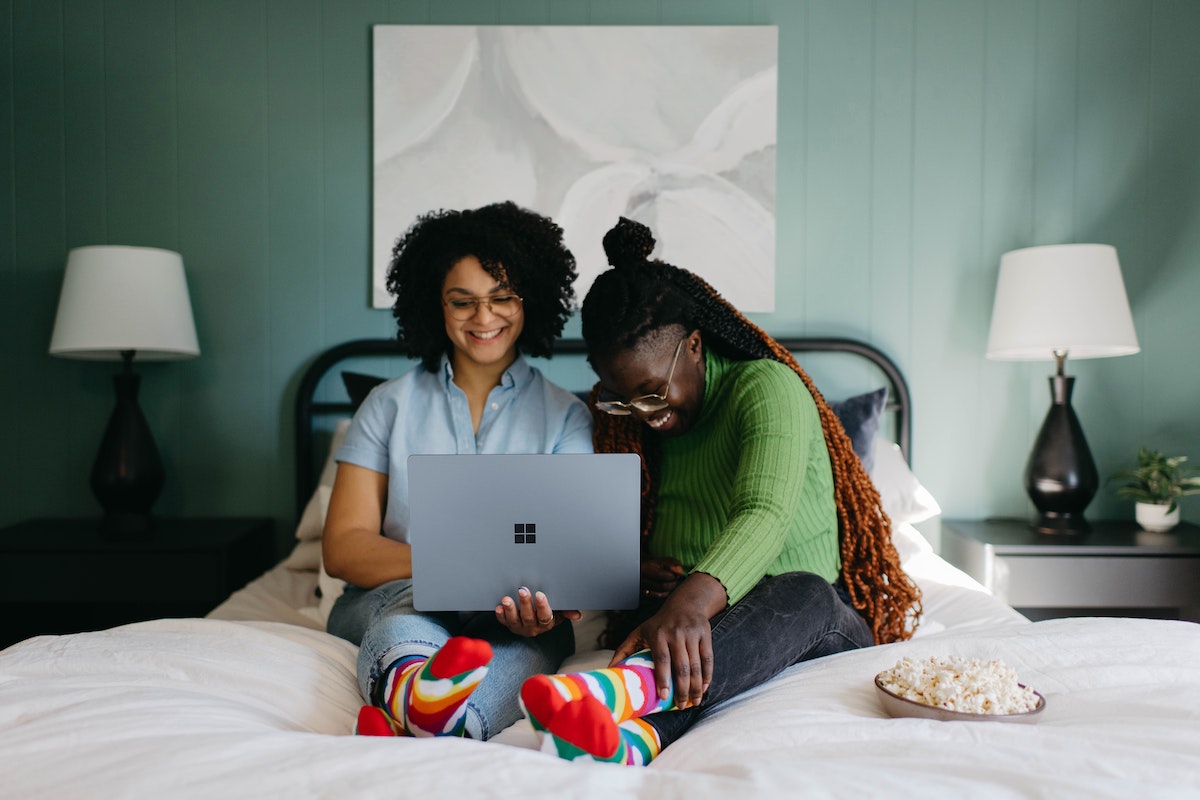
Why Give Black?
Giving Gap's CEO and founders share more about why closing the funding gap for Black-led charities matters.
Updated February 2024
In 2022, Americans gave away more than $499 billion to causes they believe in. That’s a wonderful thing. On the occasion of Black History Month, it is important to note that only a tiny fraction of the $499 billion went to organizations led by a Black, Indigenous, or Latino/a/x leader. How small? An estimated 4 percent of total grants and contributions. What’s more, that funding is mostly small-dollar, short-term, and/or restricted, leaving these leaders with little room to innovate and grow.
In fact, the National Center for Responsive Philanthropy found that combined funding to Black communities makes up 1 percent of all community foundation funding. “The combined Black population is 15 percent,” the NCRP’s report says, “resulting in an underfunding of Black communities of $2 billion.” The unrestricted net assets of Black-led organizations are 76 percent smaller than their white-led counterparts.
This giving gap is why we, along with technologist Davd Setiadi, founded Giving Gap, to advance racial equity in giving.
Why does closing the giving gap matter?
It matters because when money doesn’t reach projects run by people of color, that means money doesn’t reach the people with the most experience and the most knowledge of the communities they are trying to serve. The goal of achieving racial equity in giving is not just getting to equity for equity’s sake. It’s meant to do the work better. It’s a step toward ensuring that the money given away can actually do what it is meant to do.
Most donors give to have an impact on the causes they support. Actually achieving it means they must find and support the underserved organizations that are embedded in the communities that have the greatest needs and that can do the most with more investment.
As Black women who have both successfully started nonprofits, we’ve experienced the problems faced by organizations led by people of color firsthand: greater scrutiny, less available research dedicated to these organizations, social networks open only to a donor class defined by generational wealth.

The Stanford Social Innovation Review recently published an excellent overview of racial bias in philanthropy, including an all-too-typical anecdote: the CEO of a Native American-led nonprofit organization, up for a grant renewal from a foundation that has been their funder for 25 years, goes through 18 months of defending its organization’s approach and demonstrated success to their program officer before securing renewed funding. That is contrasted by the experience of a white peer who happens to run into the same program officer in a bar after a conference and, after sketching out a three-year project plan on the back of a napkin, gets funding in three months.
This is only one example of how inequities in funding play themselves out to the detriment of Black, Latino/a/x, and Indigenous organizations. Certainly, 2020 seemed to have shed light on these discrepancies and brought increased interest by donors to fund more broadly. This effort needs to be sustained and embedded into the culture of giving.
The culture shift we seek to foster at Giving Gap
In a world plagued by societal challenges, nonprofit organizations serve as beacons of hope, bridging gaps and providing crucial support to communities in need. Among these organizations, Black nonprofits stand out as a powerful force, addressing a wide range of issues across the nonprofit sector. Led by Black nonprofit leaders who are unwavering in their commitment to social causes, these organizations often have personal experiences that further enhance their effectiveness as agents of change. However, Black nonprofits face an unjust funding ecosystem that undermines their value and capacity.
Introducing Giving Gap, the largest free searchable database of Black nonprofits in the United States. Its mission is to enhance the visibility of these organizations and empower donors and funders to discover and support them. Since its establishment in 2020, Giving Gap has grown to include over 1,300 Black-founded, tax-exempt, and/or fiscally sponsored organizations. These organizations are easily sortable by issue area and geography, making it easy for donors to connect with causes they care about.
Let us commit to taking real action in building a more just and equal society. We can start right now by incorporating Black nonprofits into our year-round charitable giving. Together, we can ensure that these organizations receive the recognition, resources, and opportunities they deserve in order to create a brighter future for all of us.
Find and support Black-founded charities
Nonprofits presented by Giving Gap and Charity Navigator represent a wide variety of categories and cause areas and provide services nationwide. We encourage you to become a partner for change. Watch for promotions about these organizations on social media this month, reshare those promotions with family, friends, and neighbors, select a charity or charities to support, become a monthly donor, and give Black.
About our authors: Christina Lewis co-founded Giving Gap and is a social entrepreneur, writer, speaker and investor. You can find her on Instagram @thechristina99. Heather Infantry is the CEO of Giving Gap with over 20 years of experience in the non-profit sector.





